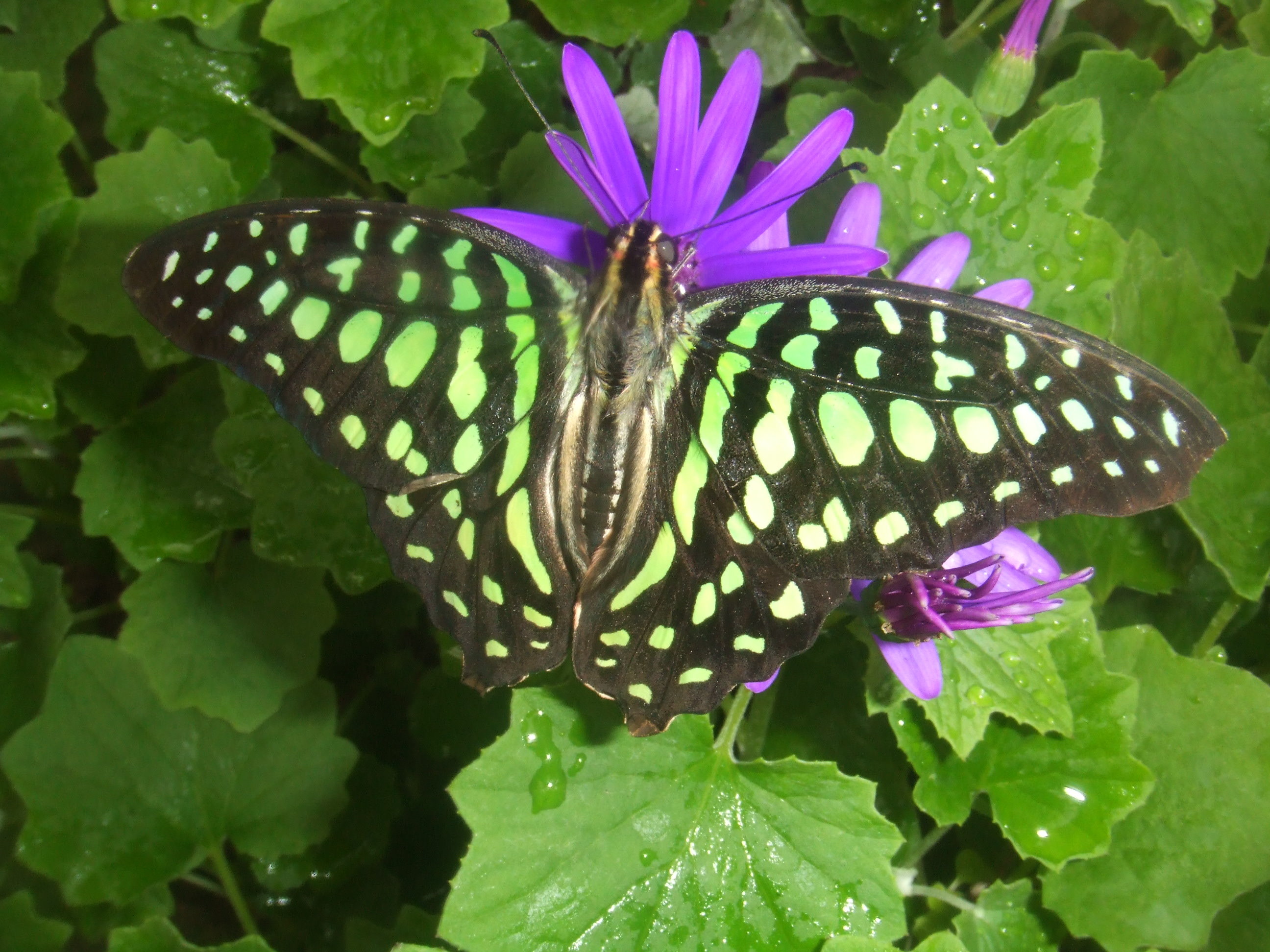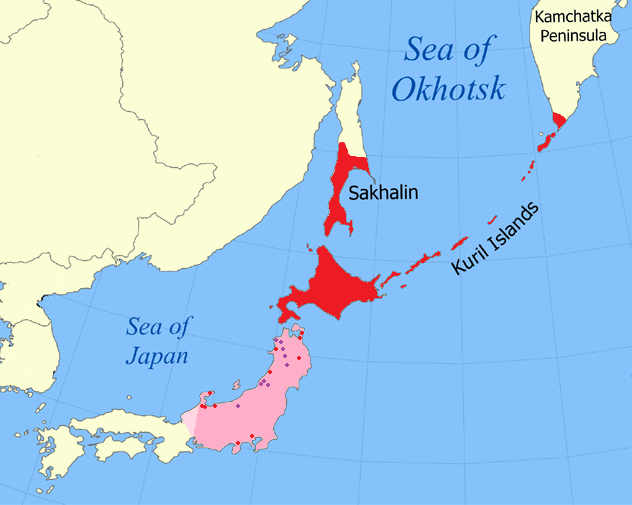|
Manulea Lutarella
''Eilema lutarella'' is a moth of the family Erebidae. It is found in North Africa through Central Europe up to the area surrounding the Amur River and Sakhalin. In the north, it is found up to Scandinavia, Komi Republic in European Russia, Vitim river in Siberia. The wingspan The wingspan (or just span) of a bird or an airplane is the distance from one wingtip to the other wingtip. For example, the Boeing 777–200 has a wingspan of , and a wandering albatross (''Diomedea exulans'') caught in 1965 had a wingspan ... is 27–30 mm. The moth flies from July to August depending on the location. The larvae feed on lichen. Subspecies *''Eilema lutarella lutarella'' *''Eilema lutarella luqueti'' (Leraut, 2006) (France) References External links''Eilema lutarella'' on ''Fauna Europaea'' [...More Info...] [...Related Items...] OR: [Wikipedia] [Google] [Baidu] |
Carl Linnaeus
Carl Linnaeus (; 23 May 1707 – 10 January 1778), also known after his ennoblement in 1761 as Carl von Linné Blunt (2004), p. 171. (), was a Swedish botanist, zoologist, taxonomist, and physician who formalised binomial nomenclature, the modern system of naming organisms. He is known as the "father of modern taxonomy". Many of his writings were in Latin; his name is rendered in Latin as and, after his 1761 ennoblement, as . Linnaeus was born in Råshult, the countryside of Småland, in southern Sweden. He received most of his higher education at Uppsala University and began giving lectures in botany there in 1730. He lived abroad between 1735 and 1738, where he studied and also published the first edition of his ' in the Netherlands. He then returned to Sweden where he became professor of medicine and botany at Uppsala. In the 1740s, he was sent on several journeys through Sweden to find and classify plants and animals. In the 1750s and 1760s, he continued to coll ... [...More Info...] [...Related Items...] OR: [Wikipedia] [Google] [Baidu] |
Komi Republic
The Komi Republic (russian: Республика Коми; kv, Коми Республика), sometimes simply referred to as Komi, is a republic of Russia located in Eastern Europe. Its capital is the city of Syktyvkar. The population of the republic as of the 2010 Census was 901,189. History The Komi people first feature in the records of the Novgorod Republic in the 12th century, when East Slavic traders from Novgorod traveled to the Perm region in search of furs and animal hides. The Komi territories came under the influence of Muscovy in the late Middle Ages (late 15th to early 16th centuries). The site of Syktyvkar, settled from the 16th century, was known as Sysolskoye (Сысольскoe). In 1780, under Catherine the Great, it was renamed to Ust-Sysolsk (Усть-Сысольск) and used as a penal colony. Russians explored the Komi territory most extensively in the 19th and early 20th centuries, starting with the expedition led by Alexander von Keyserl ... [...More Info...] [...Related Items...] OR: [Wikipedia] [Google] [Baidu] |
Moths Of Europe
Moths are a paraphyletic group of insects that includes all members of the order Lepidoptera that are not butterflies, with moths making up the vast majority of the order. There are thought to be approximately 160,000 species of moth, many of which have yet to be described. Most species of moth are nocturnal, but there are also crepuscular and diurnal species. Differences between butterflies and moths While the butterflies form a monophyletic group, the moths, comprising the rest of the Lepidoptera, do not. Many attempts have been made to group the superfamilies of the Lepidoptera into natural groups, most of which fail because one of the two groups is not monophyletic: Microlepidoptera and Macrolepidoptera, Heterocera and Rhopalocera, Jugatae and Frenatae, Monotrysia and Ditrysia.Scoble, MJ 1995. The Lepidoptera: Form, function and diversity. Oxford, UK: Oxford University Press; 404 p. Although the rules for distinguishing moths from butterflies are not well es ... [...More Info...] [...Related Items...] OR: [Wikipedia] [Google] [Baidu] |
Moths Described In 1758
Moths are a paraphyletic group of insects that includes all members of the order Lepidoptera that are not butterflies, with moths making up the vast majority of the order. There are thought to be approximately 160,000 species of moth, many of which have yet to be described. Most species of moth are nocturnal, but there are also crepuscular and diurnal species. Differences between butterflies and moths While the butterflies form a monophyletic group, the moths, comprising the rest of the Lepidoptera, do not. Many attempts have been made to group the superfamilies of the Lepidoptera into natural groups, most of which fail because one of the two groups is not monophyletic: Microlepidoptera and Macrolepidoptera, Heterocera and Rhopalocera, Jugatae and Frenatae, Monotrysia and Ditrysia.Scoble, MJ 1995. The Lepidoptera: Form, function and diversity. Oxford, UK: Oxford University Press; 404 p. Although the rules for distinguishing moths from butterflies are not well establishe ... [...More Info...] [...Related Items...] OR: [Wikipedia] [Google] [Baidu] |
Lithosiina
The Lithosiina are a subtribe of lichen moths in the family Erebidae. The taxon was erected by Gustaf Johan Billberg in 1820. Taxonomy The subtribe used to be classified as the tribe Lithosiini of the subfamily Lithosiinae of the family Arctiidae. Genera The following genera are included in the subtribe. *''Aedoea'' *'' Agylla'' *''Apaidia'' *''Apistosia'' *'' Asiapistosia'' *''Atolmis'' *''Blaviodes'' *'' Brunia'' *''Bucsekia'' *'' Calamidia'' *'' Capissa'' *'' Chrysorabdia'' *''Chrysoscota'' *'' Collita'' *'' Crambidia'' *''Cybosia'' *'' Danielithosia'' *'' Denteilema'' *''Dolgoma'' *''Eilema'' *''Euconosia'' *''Gampola'' *''Gandhara'' *''Gardinia'' *'' Ghoria'' *'' Gnamptonychia'' *'' Graphosia'' *''Hesudra'' *'' Hyposhada'' *''Inopsis'' *'' Katha'' *''Lambula'' *''Lambulodes'' *''Lithosia'' *'' Macotasa'' *'' Macrobrochis'' *''Mantala'' *''Manulea'' *'' Microlithosia'' *''Mithuna'' *'' Monosyntaxis'' *''Muscula'' *'' Neosyntaxis'' *''Nishada'' *''Oeonistis'' *''Oeonosia ... [...More Info...] [...Related Items...] OR: [Wikipedia] [Google] [Baidu] |
Lichen
A lichen ( , ) is a composite organism that arises from algae or cyanobacteria living among filaments of multiple fungi species in a mutualistic relationship.Introduction to Lichens – An Alliance between Kingdoms . University of California Museum of Paleontology. Lichens have properties different from those of their component organisms. They come in many colors, sizes, and forms and are sometimes plant-like, but are not plants. They may have tiny, leafless branches ( fruticose); flat leaf-like structures ( foliose); grow crust ... [...More Info...] [...Related Items...] OR: [Wikipedia] [Google] [Baidu] |
Wingspan
The wingspan (or just span) of a bird or an airplane is the distance from one wingtip to the other wingtip. For example, the Boeing 777–200 has a wingspan of , and a wandering albatross (''Diomedea exulans'') caught in 1965 had a wingspan of , the official record for a living bird. The term wingspan, more technically extent, is also used for other winged animals such as pterosaurs, bats, insects, etc., and other aircraft such as ornithopters. In humans, the term wingspan also refers to the arm span, which is distance between the length from one end of an individual's arms (measured at the fingertips) to the other when raised parallel to the ground at shoulder height at a 90º angle. Former professional basketball player Manute Bol stood at and owned one of the largest wingspans at . Wingspan of aircraft The wingspan of an aircraft is always measured in a straight line, from wingtip to wingtip, independently of wing shape or sweep. Implications for aircraft design an ... [...More Info...] [...Related Items...] OR: [Wikipedia] [Google] [Baidu] |
Vitim ;
{{Set index article, populated places in Russia ...
Vitim (russian: Витим) is the name of several inhabited localities in Russia. Modern localities *Vitim, Sakha Republic, an urban locality (an urban-type settlement) in Lensky District of the Sakha Republic * Vitim, Republic of Buryatia, a rural locality (a settlement) in Muysky Selsoviet of Muysky District in the Republic of Buryatia; Alternative names *Vitim, alternative name of Romanovka, a '' selo'' in Vitimsky Selsoviet of Bauntovsky District in the Republic of Buryatia Buryatia, officially the Republic of Buryatia (russian: Республика Бурятия, r=Respublika Buryatiya, p=rʲɪsˈpublʲɪkə bʊˈrʲætʲɪjə; bua, Буряад Улас, Buryaad Ulas, , mn, Буриад Улс, Buriad Uls), is ... [...More Info...] [...Related Items...] OR: [Wikipedia] [Google] [Baidu] |
Scandinavia
Scandinavia; Sámi languages: /. ( ) is a subregion in Northern Europe, with strong historical, cultural, and linguistic ties between its constituent peoples. In English usage, ''Scandinavia'' most commonly refers to Denmark, Norway, and Sweden. It can sometimes also refer more narrowly to the Scandinavian Peninsula (which excludes Denmark but includes part of Finland), or more broadly to include all of Finland, Iceland, and the Faroe Islands. The geography of the region is varied, from the Norwegian fjords in the west and Scandinavian mountains covering parts of Norway and Sweden, to the low and flat areas of Denmark in the south, as well as archipelagos and lakes in the east. Most of the population in the region live in the more temperate southern regions, with the northern parts having long, cold, winters. The region became notable during the Viking Age, when Scandinavian peoples participated in large scale raiding, conquest, colonization and trading mostly throughout Eu ... [...More Info...] [...Related Items...] OR: [Wikipedia] [Google] [Baidu] |
Lepidoptera In The 10th Edition Of Systema Naturae
In the 10th edition of ''Systema Naturae'', Carl Linnaeus classified the arthropods, including insects, arachnids and crustaceans, among his class "Insecta". Butterflies and moths were brought together under the name Lepidoptera. Linnaeus divided the group into three genera – ''Papilio'', ''Sphinx'' and ''Phalaena''. The first two, together with the seven subdivisions of the third, are now used as the basis for nine superfamily names: Papilionoidea, Sphingoidea, Bombycoidea, Noctuoidea, Geometroidea, Tortricoidea, Pyraloidea, Tineoidea and Alucitoidea. Themes When naming the nearly 200 species of butterflies known to him at the time, Linnaeus used names from classical mythology as specific names. These were thematically arranged into six groups, and were drawn from classical sources including the ''Fabulae'' of Gaius Julius Hyginus and Pliny the Elder's ''Naturalis Historia''. The first such group was the ''Equites'', or knights, which were divided into the ''Equites Tr ... [...More Info...] [...Related Items...] OR: [Wikipedia] [Google] [Baidu] |
Sakhalin
Sakhalin ( rus, Сахали́н, r=Sakhalín, p=səxɐˈlʲin; ja, 樺太 ''Karafuto''; zh, c=, p=Kùyèdǎo, s=库页岛, t=庫頁島; Manchu: ᠰᠠᡥᠠᠯᡳᠶᠠᠨ, ''Sahaliyan''; Orok: Бугата на̄, ''Bugata nā''; Nivkh: Yh-mif) is the largest island of Russia. It is north of the Japanese archipelago, and is administered as part of the Sakhalin Oblast. Sakhalin is situated in the Pacific Ocean, sandwiched between the Sea of Okhotsk to the east and the Sea of Japan to the west. It is located just off Khabarovsk Krai, and is north of Hokkaido in Japan. The island has a population of roughly 500,000, the majority of which are Russians. The indigenous peoples of the island are the Ainu, Oroks, and Nivkhs, who are now present in very small numbers. The Island's name is derived from the Manchu word ''Sahaliyan'' (ᠰᠠᡥᠠᠯᡳᠶᠠᠨ). Sakhalin was once part of China during the Qing dynasty, although Chinese control was relaxed at times. Sakhalin ... [...More Info...] [...Related Items...] OR: [Wikipedia] [Google] [Baidu] |
Amur River
The Amur (russian: река́ Аму́р, ), or Heilong Jiang (, "Black Dragon River", ), is the world's tenth longest river, forming the border between the Russian Far East and Northeastern China ( Inner Manchuria). The Amur proper is long, and has a drainage basin of . ''mizu'' ("water") in Japanese. The name "Amur" may have evolved from a root word for water, coupled with a size modifier for "Big Water". Its ancient Chinese names were ''Yushui'', ''Wanshui'' and ''Heishui'', formed from variants to ''shui'', meaning "water".The fishes of the Amur River:updated check-list and zoogeography'' The modern Chinese name for the river, ''Heilong Jiang'' means "Black Dragon River", while the Manchurian name ''Sahaliyan Ula'', the Mongolian names " Amar mörön " (Cyrillic: Амар мөрөн) originates from the name " Amar " meaning to rest and ''Khar mörön'' (Cyrillic: Хар мөрөн) mean Black River. Course The river rises in the hills in the western part of Northea ... [...More Info...] [...Related Items...] OR: [Wikipedia] [Google] [Baidu] |







